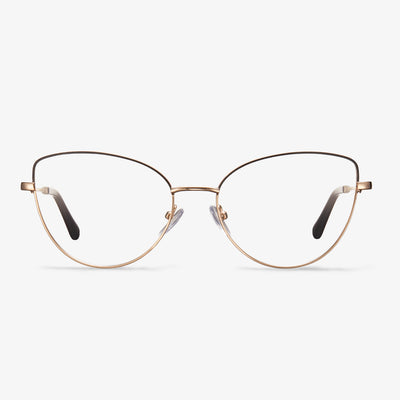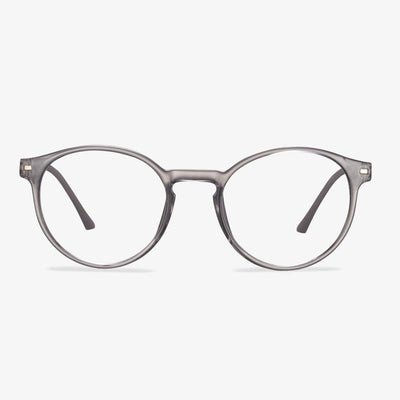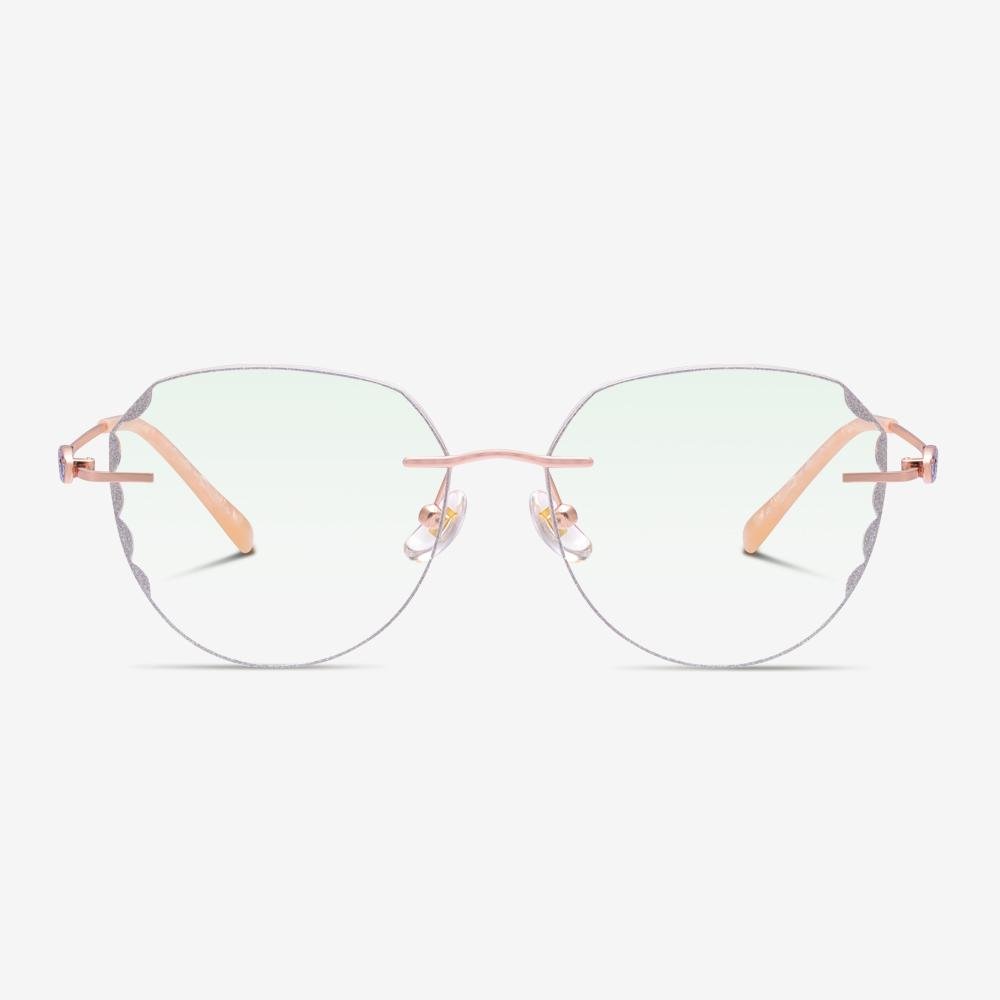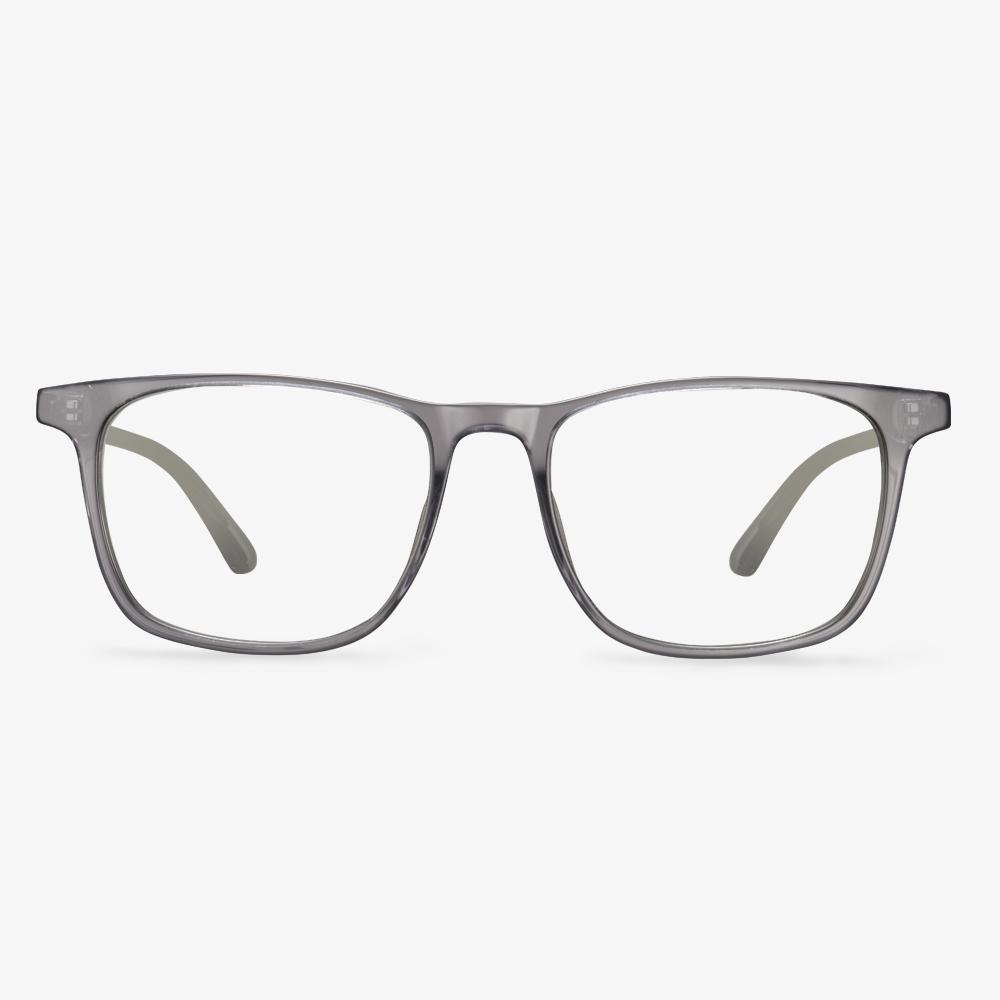What progressive spectacle lenses are best?
Essilor is a brand, and it designs, manufactures, and markets a wide range of lens products to help people correct and protect their vision. Essilor adheres to the corporate mission of 'improving vision, improving life', invests 200 million euros in research and development every year, and constantly launches new products to enhance consumers' experience in wearing glasses. Continuous innovation has always been the core gene of Essilor. In 1959, Essilor created the resin lens, and in the same year, it invented the world's first progressive lens. Innovation involves technology, manufacturing, sales, and service. Based on innovation, they can make as many people as possible obtain visual health, and this is the driving force to promote their development.
What Is a Prism in Glasses?
Prism is triangular and made of plastic or glasses for the purpose of dispersing light into a spectrum or changing the direction in which light is reflected.
Prism lenses are special lenses that are prescribed by eye doctors and infused into regular lens prescriptions. The prism glasses do not include contain any focusing power, and therefore cannot any refractive errors. So, one of the most common uses for prism glasses is to correct diplopia or double vision. Double vision means someone sees two separate images of a single object. The prism glasses help to align the two images and correct the problem. The prism glasses can be used to improve binocular vision and reduce double vision, headaches, reading difficulties, and so on.
Method of taking off the contact lens
Wash your hands before removing contact lenses, and be careful not to leave long fingernails, to avoid contamination of the lenses by bacteria and nail scratches. Look up, open the upper and lower eyelids with the left index finger and right middle finger. Pinch the middle and lower edge of the lens gently with the thumb and index finger of the right hand, and remove the lens. You can use the index finger first to move the lens down, and then gently pinch the middle and lower edge of the lens with the thumb and index finger belly, and take off the lens.
The glasses slid up your nose.
Although glasses often slide up your nose and pushing them up can be annoying, it's easy to pull them tight. If your nose frame is metal, use your thumb to shrink the nose pad until the frame no longer slides. If you have plastic frames, soak the arm in warm water for 30-60 seconds, then apply slight downward pressure to the end of the arm. This will make it fit more behind the ears, which will tighten the overall fit and prevent slippage. If tightening the frame doesn't work, try using eyeglass wax to stop it from slipping.
Bifocal Lens
Bifocal lenses have two observation areas separated by visible lines, a larger observation distance area, and a smaller reading area. It may take some time for people who are wearing bifocal glasses for the first time to get used to the lenses. This is mainly due to learning how to move the eyes between the observation distance area and the reading area. Some people will also find that there will be an 'image jump' phenomenon at the visible line between the distance and the reading area, especially for those with limited mobility, who must look down when walking. The best way to get used to bifocals is to wear them as much as possible.
The inadequacies of bifocals
The field of vision is smaller than that of the single vision lens, especially for the close view. For example, reading and reading newspapers need to make it coordinated with the head movement, there are optical defects of image jump and image displacement. There is a boundary, and it is easy to be seen that wearing a bifocal lens exposes age. Bifocals clearly demarcate the near and far regions, affecting appearance and vision. And when far view and close view change, the objects will jump. Because most myopic patients have a lag in the adjustment response, wearing bifocal lenses not only does not delay the development of myopia but has side effects. Therefore, bifocals are not suitable for teenagers to control myopia, and only a few special patients need to wear bifocals.
Pure titanium glasses
Pure titanium refers to a silver-white transition metal material with a titanium purity of more than 89%. The application of pure titanium as a chemical element to spectacle frames is undoubtedly an improvement and sublimation of spectacle materials. Pure titanium has many disadvantages such as high melting point, lightweight, strong corrosion resistance, metallic luster, firm electroplating layer. Also, titanium metal has beneficial physiological effects on the human body. It is an ecological trace element that is non-toxic and non-radiation to the human body. It has the effects of promoting blood circulation, lowering blood pressure, and relieving stress.











































